Rates, points may be more costly compared to
other loans
By Jack Guttentag, Monday, March 30, 2009.

The Ups and Downs of FHA: The importance of Federal Housing Administration-insured loans in the home mortgage market has changed markedly over the years. This has been due less to changes in the FHA itself than to changes in the broader market in which it operates.
In the early 1990s, FHA had about 15 percent of the home purchase market. In subsequent years through 2006, FHA lost business to the growing subprime market, which took many borrowers who could have gone FHA. In addition, FHA lost business to the prime conventional market, which developed and aggressively merchandised option adjustable-rate mortgages (ARMs) and interest-only products, as well as reduced documentation underwriting, none of which FHA offered. In 2006, FHA's share of the purchase market had fallen to less than 4 percent.
Then came the financial crisis. With home prices declining and defaults rising, the subprime market largely disappeared; option ARMs declined to a trickle; and documentation requirements on prime conventional loans were substantially tightened. In addition, FHA loan limits were raised materially in 2008, and again in 2009. In early 2009, FHA's market share of new purchases was back to about 15 percent, and its share of refinances was substantially higher.
The FHA Market Niche: An FHA borrower in early 2009 1) doesn't need a loan larger than the FHA maximum in the borrower's county; 2) can't put more than 3.5 percent down, which is the FHA requirement; 3) is not eligible for a VA loan, which allows zero down; and 4) can't be approved for a conventional loan but can be approved under FHA's more liberal underwriting rules.
A borrower who can put 10 percent down on a loan smaller than the FHA maximum, and who can be approved for a conventional loan, will usually do better with a conventional loan, but there can be exceptions -- see below.
FHA Loan Limits: The loan limits on FHAs effective until year-end 2009, established on a county basis, were the same as those applicable to Freddie Mac and Fannie Mae. On a single-family house, they ranged from $271,050 to $729,750 in 76 higher-price counties. Loan limits on two- to four-family houses are higher. On HECMs (reverse mortgages), the maximum was raised to $625,500 for the balance of 2009. You can find the limit applicable to any particular county at https://entp.hud.gov/idapp/html/hicostlook.cfm.
Down-Payment Requirements: In 2009, FHA's 3.5 percent down payment compared with 5 percent-10 percent on most conventional loan programs. Zero-down loans, which were widely available in the conventional sector during the go-go years 2000-2006, had largely disappeared, The only generally available zero-down loans are VAs and USDA loans in rural counties.
FHA borrowers in some cities, counties or states have access to special programs that eliminate the need for a down payment by offering second mortgages at favorable terms. Usually, no payments are required on the second until the house is sold. The public agencies offering these programs have their own eligibility rules that are independent of FHA.

Underwriting Requirements: FHA will accept lower credit scores than are acceptable on prime conventional loans, and are more forgiving of past mistakes. FHA will forgive a bankruptcy after only two years, and a foreclosure after three years.
Mortgage Insurance: FHA borrowers pay a monthly mortgage insurance premium of 0.5 percent per year (0.55 percent on loans with less than 5 percent down), and an upfront premium of 1.75 percent, which is almost always included in the loan amount. In contrast, most conventional loans have only a monthly premium, which is higher than the FHA monthly premium but disappears at 20 percent down. Because of the higher mortgage insurance premiums, an FHA-insured loan will be more costly to a borrower when the rate and points are the same.
Differences in Rate and Points Between FHAs and Conventionals: In shopping lenders who offer both FHA and conventional loans, I have found that in many cases the rate and points quoted on FHAs are higher. Lenders often charge larger markups on FHAs, partly because they are more costly to originate, and also because "they can." There isn't as much competition for FHAs because a large proportion of brokers and smaller lenders don't offer them.
On the other hand, I found that some lenders quote the same or even lower rates and points on FHAs. This kind of market fragmentation, which surprised me, appears to be a consequence of the financial crisis. It places an added burden on borrowers shopping for the best deal, as if that wasn't already difficult enough.
Comparing Prices: Borrowers should be able to compare the all-in costs of an FHA and a conventional by comparing their APRs. The APR takes account of the rate, points, other lender fees and all mortgage insurance premiums. Unfortunately, the APR assumes that all loans run to term, which makes it deceptive for any borrower who expects to have the loan less than 10 years.
Furthermore, most of the lenders I checked are not calculating the APR on FHAs correctly. The most common mistake is ignoring the upfront mortgage insurance premium, which their software was never programmed to accommodate. If you want to make an all-in price comparison over the period you expect to have the loan, use my calculator 9c.
The writer is professor of finance emeritus at the Wharton School of the University of Pennsylvania. Comments and questions can be left at www.mtgprofessor.com.






